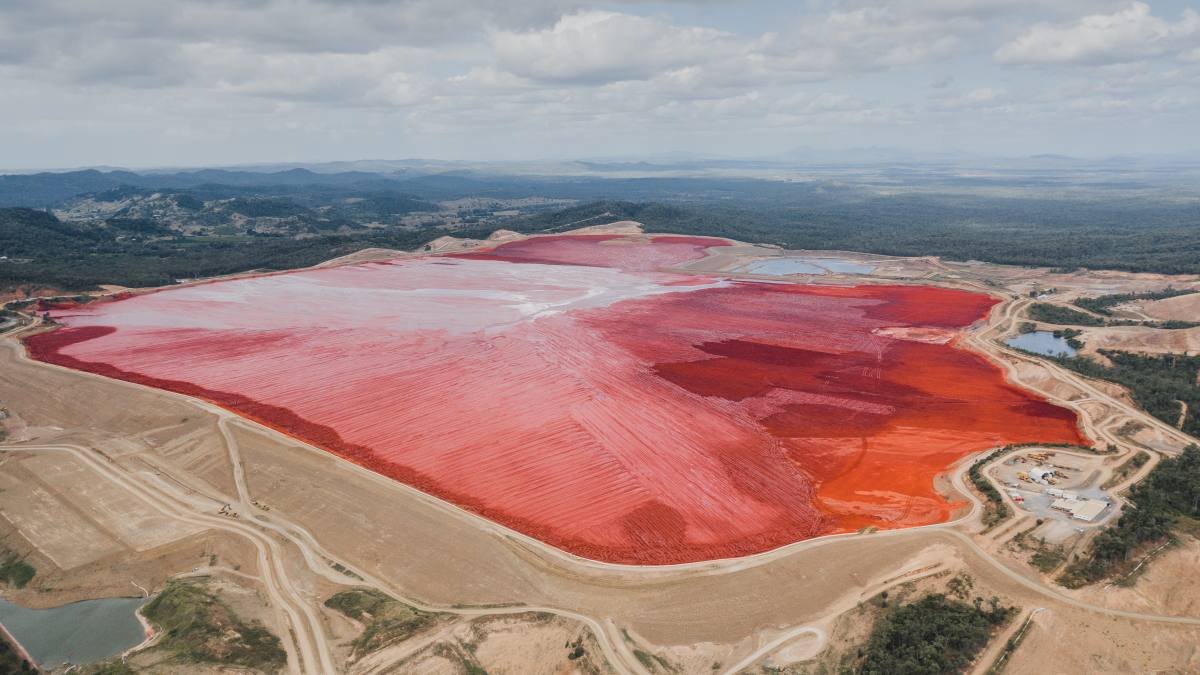Nearly 30% of the world’s mining waste storage could potentially jeopardize protected conservation areas, according to recent research published in Nature Sustainability.

Nearly 30% of the world’s mining waste storage could potentially jeopardize protected conservation areas, according to recent research published in Nature Sustainability.
The study, led by University of Queensland researcher Bora Aska for her Honours thesis, reveals that 9% of global tailings storage facilities (TSFs), which hold mining waste, are located within protected areas, and an additional 20% are within a 5-kilometer radius of such areas.
Mine tailings, the residue from mining activities after extracting desired minerals, comprise waste rock and chemicals used in ore processing, constituting one of the world’s largest solid waste streams. The study highlights a concerning trend as ore grades decline, necessitating more material extraction for the same unit of resource, coupled with increasing demand for materials, particularly for the energy transition.
The potential environmental impact of mine tailings is evident in instances of TSF failures, as seen in Brazil in 2015 and 2019, resulting in significant releases of tailings into waterways, causing fatalities and irreversible harm to aquatic life.
The study is part of a global analysis of TSFs conducted for the global tailings review initiated by the United Nations and the International Council on Mining and Metals. Researchers used a disclosure database containing information from mining companies worldwide about their TSFs, analyzing 1,721 storage facilities, representing approximately 30% of the world’s active storage facilities.
The findings emphasize the global threat mine waste poses to biodiversity in protected areas, including instances in Australia, where eight active TSFs are situated in protected areas. The researchers advocate for improved planning around TSFs to mitigate risks to biodiversity.
Suggestions include incorporating environmental and sensitive ecosystems into consequence classification standards for TSFs and leveraging the Global Industry Standard on Tailings Management, encouraging facilities to assess their environmental impact. The researchers underscore the emerging data needed to manage risks and propose incorporating this knowledge into the design of new facilities and managing existing ones.
Additionally, the study recommends adopting safer construction practices for TSFs, particularly reducing the risk of failure associated with the most common and cost-effective upstream raise style. This involves treating ore as having multiple commodities, extracting large volumes of silicates from the ore before it becomes tailings. The research aims to address the environmental impact of mining waste and promote sustainable practices in the mining industry.
Bora Aska is now embarking on a Ph.D. focusing on minerals crucial for the energy transition, particularly non-metallic minerals often overlooked, such as aggregates essential for construction, including sand and gravel.